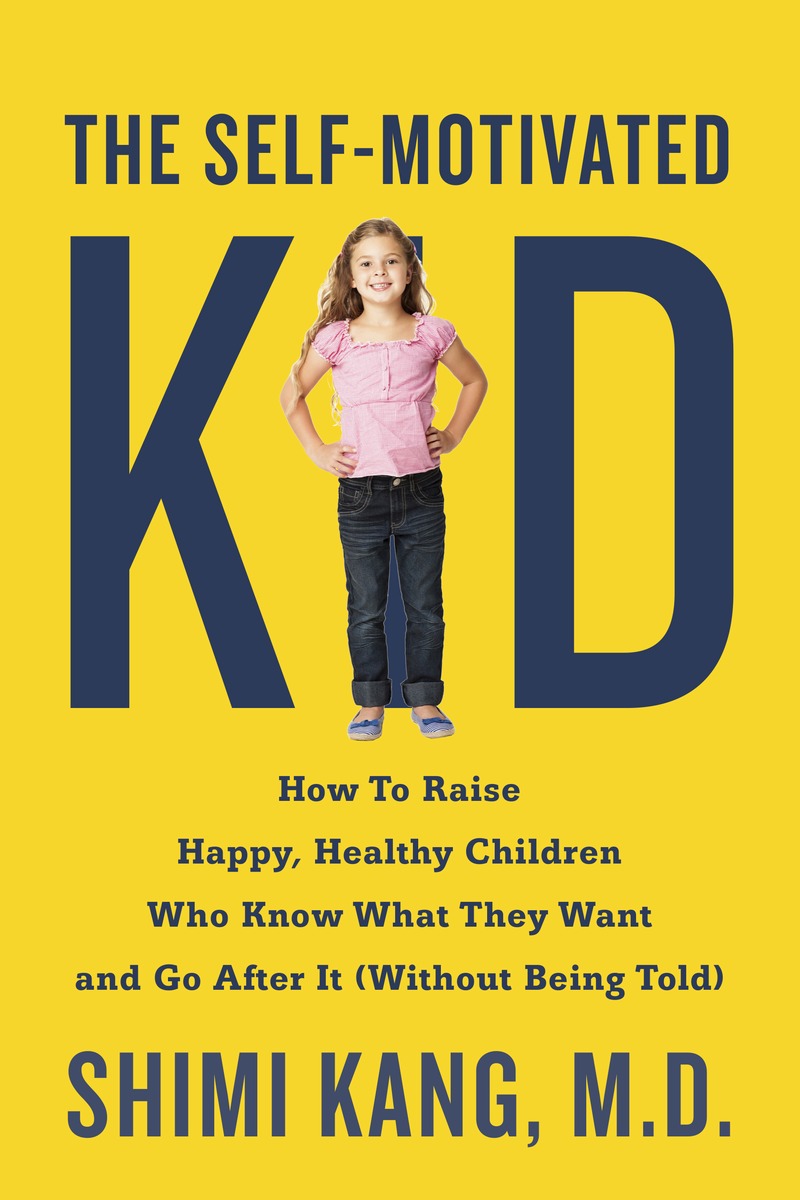
Hey parents! Remember the LEGO from our childhood? You know, the simple colored plastic blocks. The ones that were limitless in what you could create. The ones that allowed your imagination to run wild. The ones that had no picture on the box of what it was supposed to become. The ones that were perfect, even when they were full of imperfections. The ones that we would run to our parents to show our wonderful creations to. The ones that were unstructured, inexpensive, and imaginative. That was the Lego of our childhood.
When you go to the toy store, you can hardly find that LEGO anymore! No simple bricks, now you’ll find LEGO sets that have specific themes, specialized pieces, detailed instructions, and pictures of how the finished model should look. Children don’t “play” with today’s LEGO, they follow instructions – no imagination, no adaptability!
So what happened to LEGO?
The same thing that happened to childhood.
Over the last generation, the changes in LEGO can be viewed as a microcosm for the changes in childhood. Today’s LEGO is a lot like today’s childhood. Children’s lives are highly scheduled, full of rules, and instructions. Kids are overscheduled, over-instructed, and overprotected and this kind of childhood is making kids exhausted, anxious, unimaginative, and perfectionistic.
The similarities between Lego of my day and my childhood and Lego of today and today’s childhood is staggering. It would all be fascinating if it wasn’t so ^%^% disturbing. These are our children’s lives we are instructing, boxing up, and limiting. What will the outcome be if we continue on this way - mindless of what is staring us in the face? At best, our kids may end up just like all that expensive, shiny, overly complicated, fragile LEGO structures that sit on our dressers as a showpieces. At worse, our children’s talents, passions, skills, and joy will end up like be a pile of disjointed pieces stuck in a zip lock bag, not quite sure where they belong, or who they really are.
Luckily, it doesn’t have to be this way. Thankfully, humans are not plastic bricks. Children are living natural beings and nature is kind and generous – especially to the well-meaning, unintentional mistakes of parents. It is not too late for parents to choose not to follow the instructions on the parenting box. We can choose not to pay for the “best” activities when we know that the best is actually a true connection with our children. We can choose to not follow mindless rules and rather use our intuition to adapt to the ever-changing nature of our children and their environments. We don’t need to be at arm’s length following patterns someone else created for our kids’ lives. We can follow our own course, make up structures that fit our child, our family, our home. It’s really is up to us.
Dr. Shimi Kang is Harvard trained psychiatrist, award winning researcher, speaker, and #1 Bestselling author of The Dolphin Parent: A Guide to Raising Healthy, Happy, and Self- Motivated Kids (Penguin Books) and The Self-Motivated Kid: How to Raise a Child Who Knows What They Want and Goes After It (Without Being Told)(Penguin/Randomhouse). She is the Medical Director for Child and Youth Mental Health for Vancouver and a Clinical Associate Professor at the University of British Columbia. Dr. Kang has helped thousands of people move toward positive behaviors and better health. She is a recipient of the Diamond Jubilee Medal for outstanding community service.



























